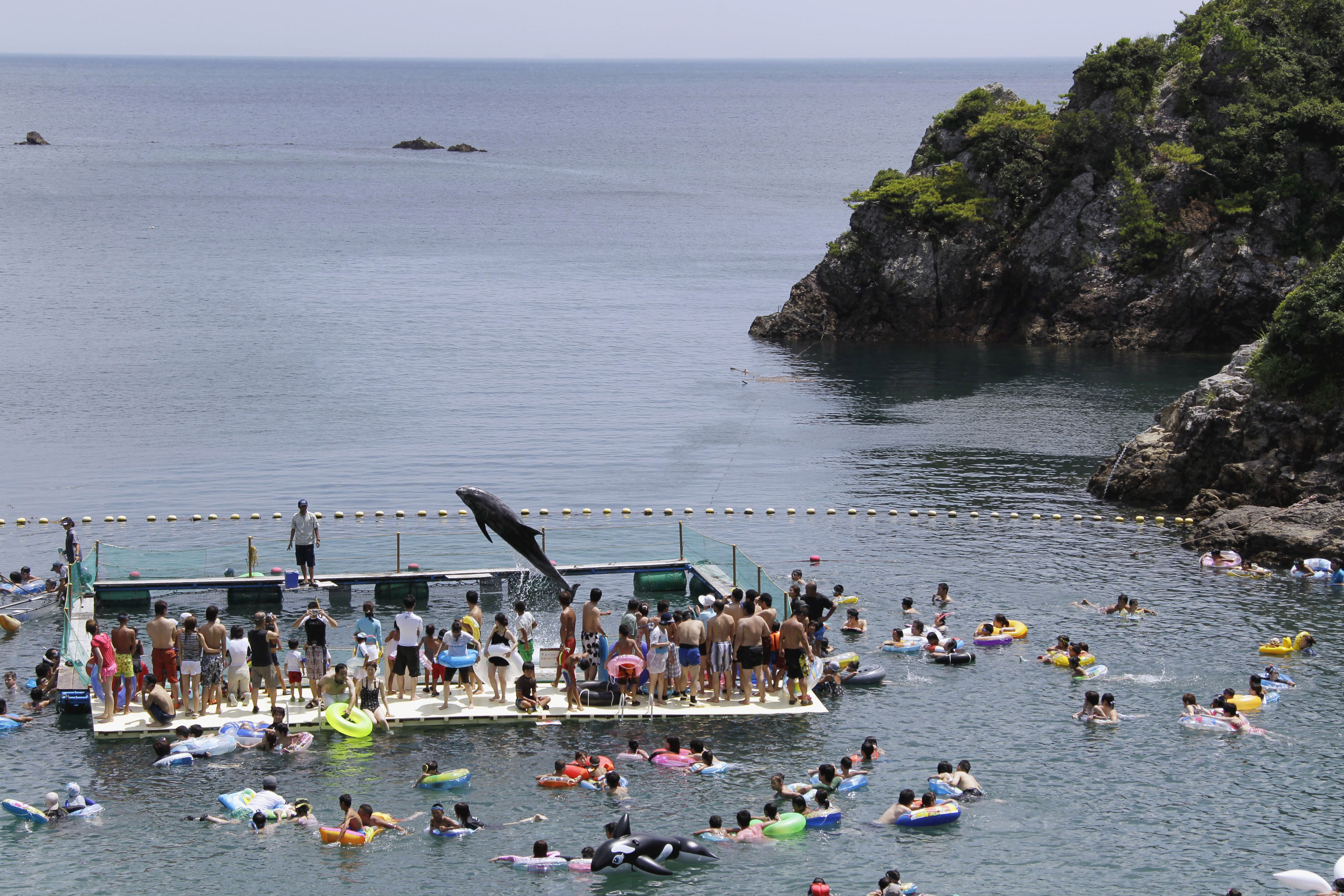In August, I stepped off a bus along a remote coastline on New Zealand's South Island and was enchanted by what I saw. To the north, the jagged curtain wall of the Kaikoura Ranges soared over the coast; to my right, the sea, hiding within it the vast biodiversity of the submarine Kaikoura Canyon; and perched along the peninsula on which I was standing, the charming, low-key resort town of Kaikoura.
Kaikoura has long depended for its livelihood on the marine resources harvested from that sea, beginning with the Ngati Kuri Maori people who first fished there, followed by the European whaling stations in the 1840s. But the last whale was harpooned in 1964, and I was there last month to see whether New Zealand's premier whale-watching resort had any lessons for Japan's whaling towns.
I had arrived in an off-season period, but there were tourists around, most of them international. Sitting with me on a trip run by the Whale Watch company to see sperm whales were young backpackers and families from China, South Asia and Europe.


















With your current subscription plan you can comment on stories. However, before writing your first comment, please create a display name in the Profile section of your subscriber account page.